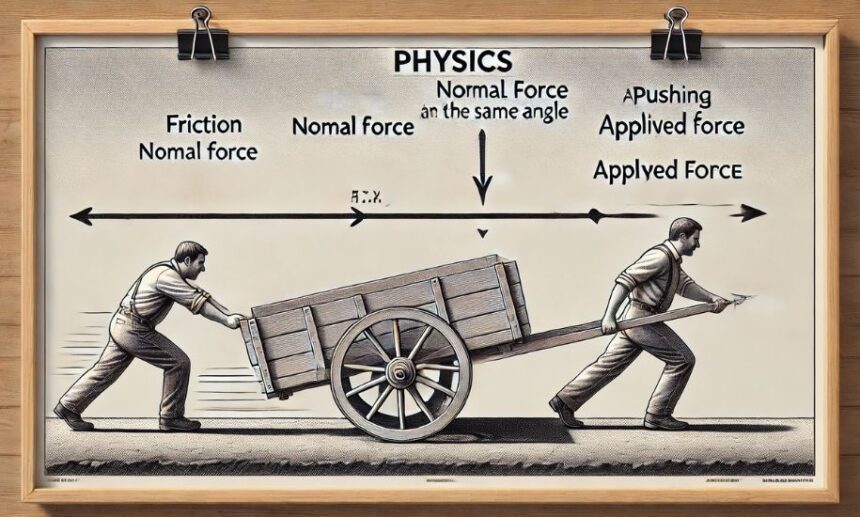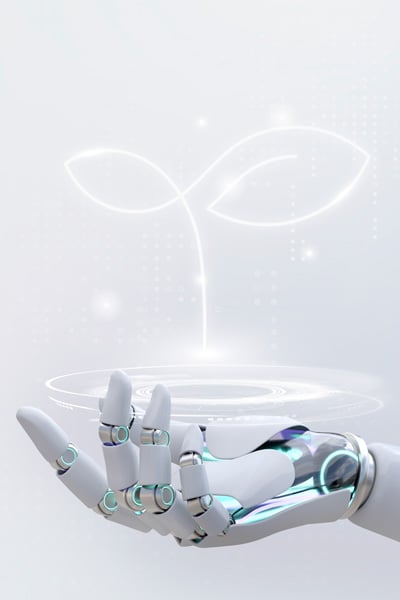Physics Heaven presents a detailed exploration of the fundamental question: is pulling or pushing easier at the same angle physics? This is a crucial question in mechanics, especially in practical applications such as moving heavy loads, machinery operations, and daily tasks. By understanding the forces involved in pulling and pushing, we can determine which method requires less effort and why.
Understanding the Basics of Force in Pulling and Pushing
To answer the question, is pulling or pushing easier at the same angle physics?, we need to analyze the forces at play. Whenever an object is pushed or pulled, several forces act upon it:
- Applied Force (F): The force exerted by a person pulling or pushing.
- Friction Force (f): The resistance between the object and the surface.
- Normal Force (N): The perpendicular force exerted by the surface.
- Gravitational Force (mg): The object’s weight acting downward.
The key to determining which is easier lies in how these forces interact when pulling or pushing at the same angle.
How Angle Affects Pulling and Pushing Forces
The angle at which force is applied plays a crucial role in answering is pulling or pushing easier at the same angle physics?. When an object is pulled or pushed at an angle, the force can be broken into two components:
- Horizontal Component (Fcosθ): The portion of the force that moves the object forward.
- Vertical Component (Fsinθ): The portion that either increases or decreases the normal force.
In pulling, the vertical component acts upward, reducing the normal force and, therefore, friction. In pushing, the vertical component acts downward, increasing the normal force and friction.
Why Pulling is Generally Easier than Pushing
To understand why pulling is often easier, let’s break it down step by step:
- Reduction in Friction: When pulling at an angle, part of the force reduces the normal force, which lowers the frictional resistance. This makes it easier to move the object.
- Increased Normal Force in Pushing: When pushing at the same angle, the vertical force component increases the normal force, resulting in higher friction, making movement harder.
- Better Control and Stability: Pulling often provides better balance and stability compared to pushing, making it easier to control the motion of the object.
Thus, from a physics standpoint, pulling tends to be easier because it reduces friction, whereas pushing generally increases it.
Exceptions to Pulling Being Easier
Although pulling is typically easier, there are certain situations where pushing might be preferable:
- Very Low Friction Surfaces: If the surface is extremely smooth (like ice), the reduced friction may make control more difficult when pulling.
- Heavy Loads Requiring Direct Force Application: In industrial settings, pushing allows for a more direct application of force, which may be beneficial in specific cases.
- Space Constraints: In narrow spaces, pushing may be the only practical option.
Practical Applications of Pulling vs. Pushing
Understanding is pulling or pushing easier at the same angle physics? has real-world applications in various fields:
- Material Handling: Workers in warehouses often use pulling carts instead of pushing them due to reduced friction.
- Engineering and Design: Vehicles and machinery are designed based on force distribution principles to ensure efficient movement.
- Ergonomics: Workplace safety guidelines often favor pulling motions over pushing to reduce strain on the body.
Conclusion: Pulling is Generally Easier Than Pushing
In most cases, pulling is easier than pushing at the same angle due to the reduction in friction caused by a decrease in the normal force. However, there are exceptions where pushing may be more practical. By understanding the forces involved, we can make informed decisions in various practical scenarios.
Physics Heaven hopes this detailed exploration of is pulling or pushing easier at the same angle physics? helps in understanding the fundamental physics behind everyday mechanics. Whether you’re moving furniture, handling heavy loads, or studying mechanics, knowing when to push and when to pull can make tasks significantly easier!






